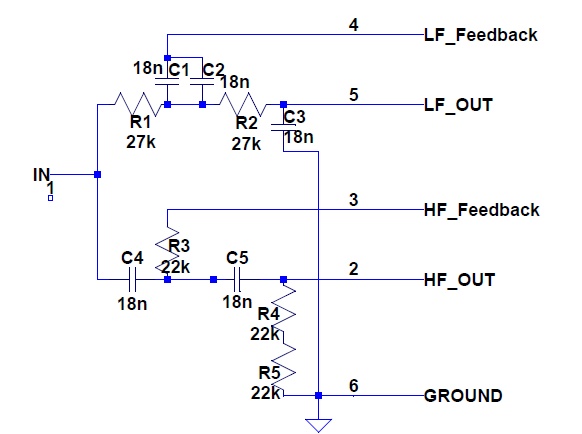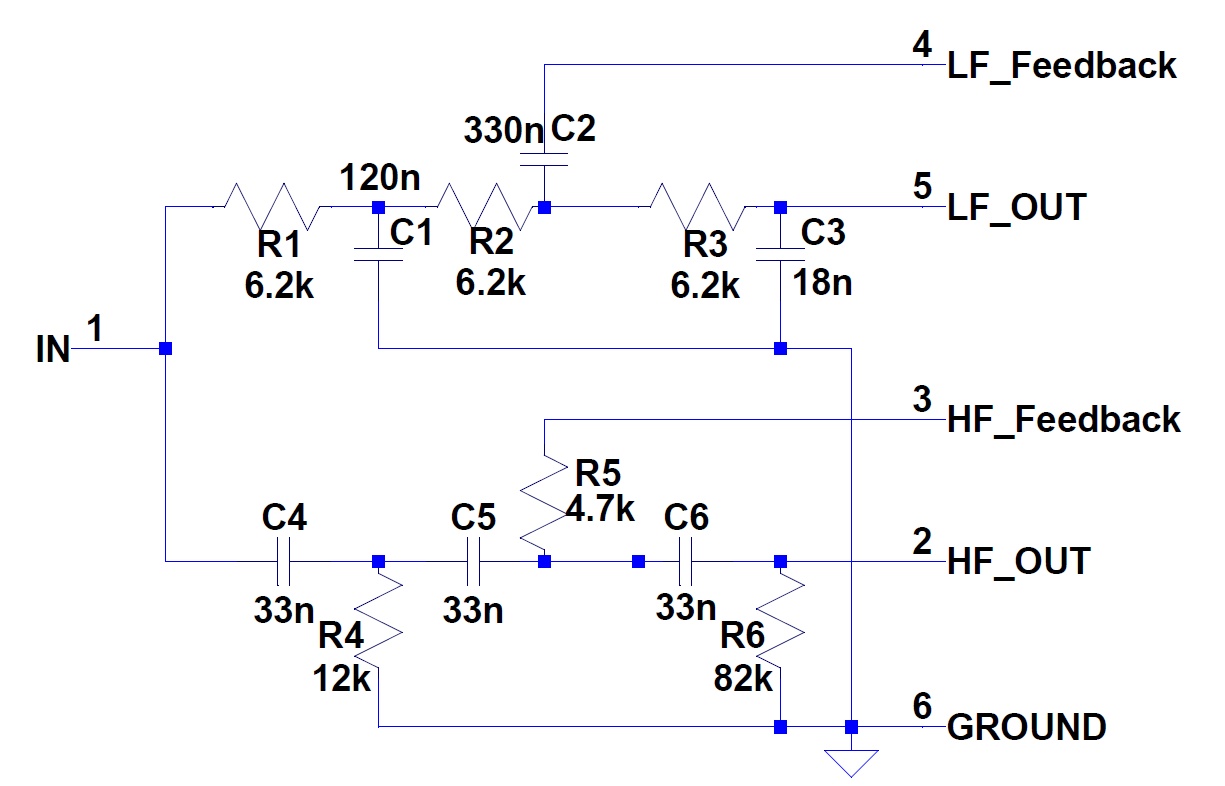hello all thank you for viewing & replying,
in a scenario where the 2202 is used as a mf in a 4 way configuration,
is the MF wired with the HF, and UHF leaving the LF by itself.
im going full active, and i noticed no attenuation for the MF in a 4350,
what is the roll point off of the 2202 in the large format JBL its purely vocal but
why no attenuation?
i would like to quad amp this particular system using the c20,
and tube gear,
do i ned to take into account output impedance when using an active
thanks
can't wait for your reply's
brian




 Reply With Quote
Reply With Quote









